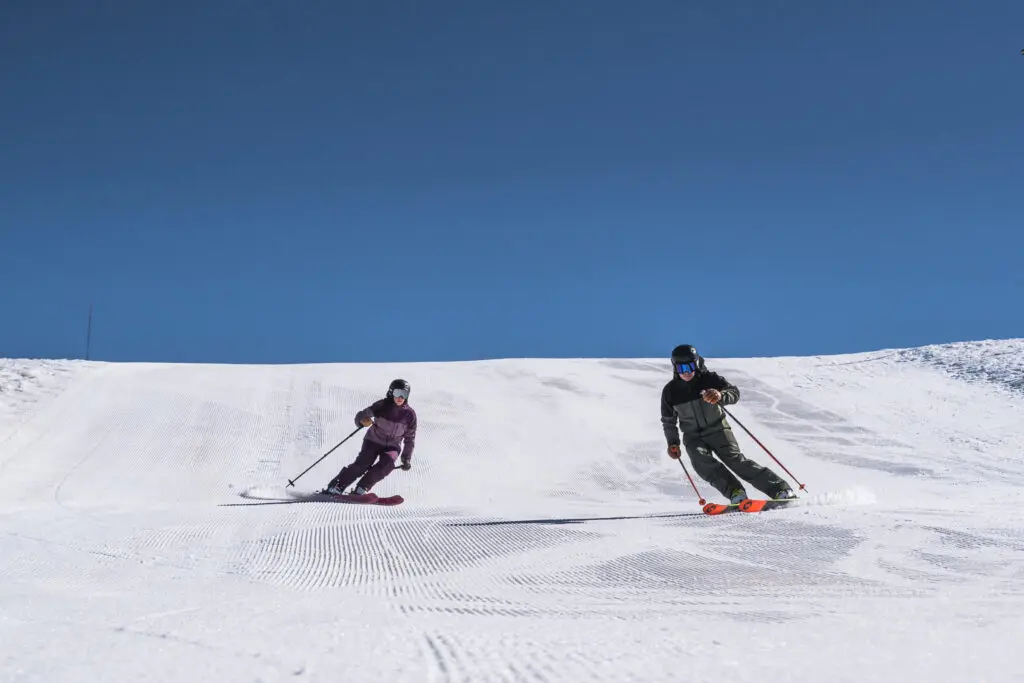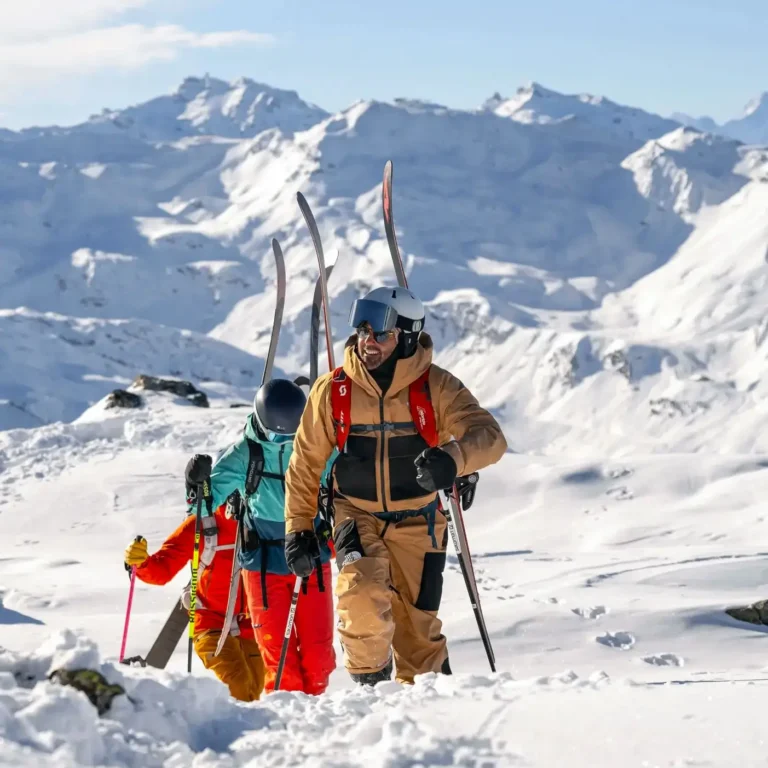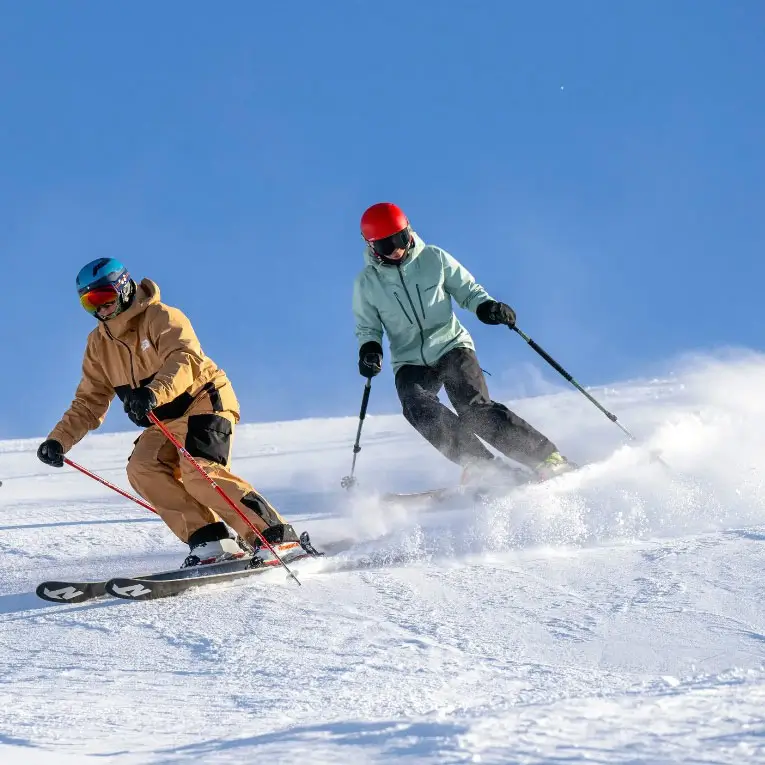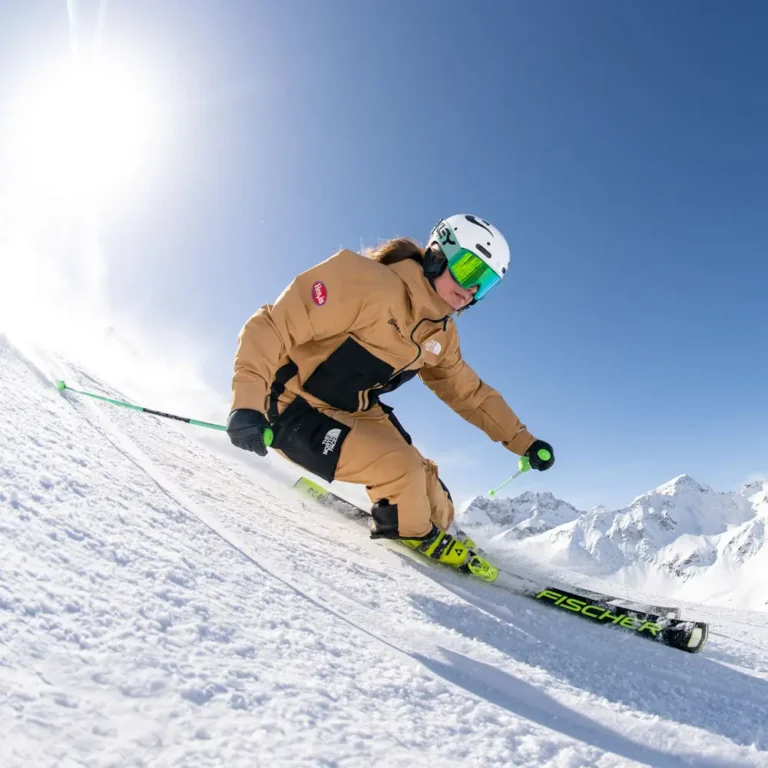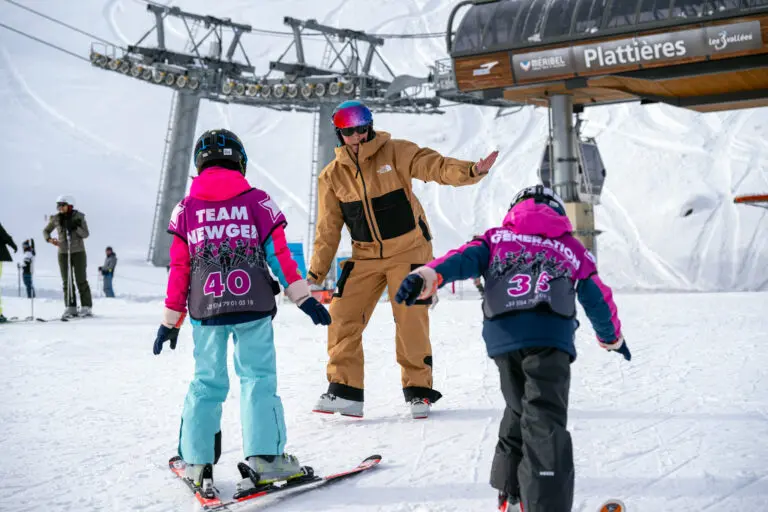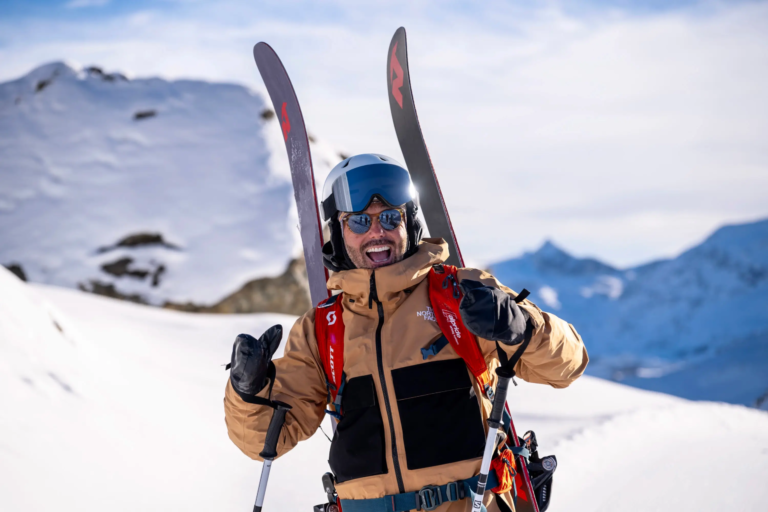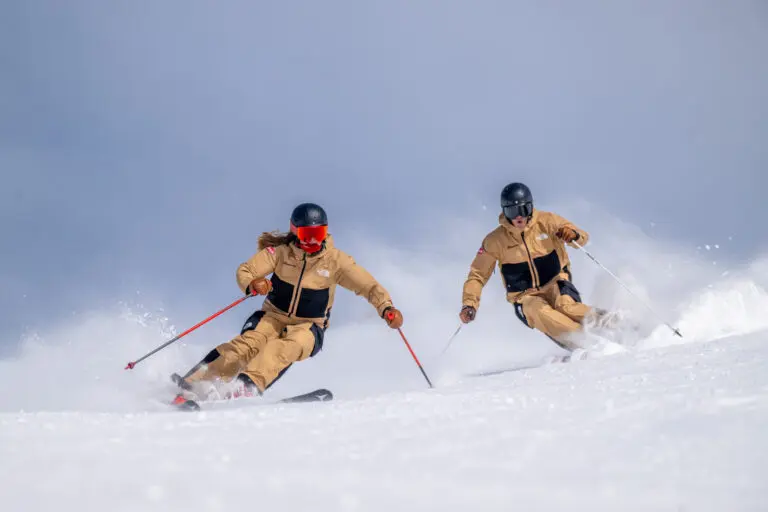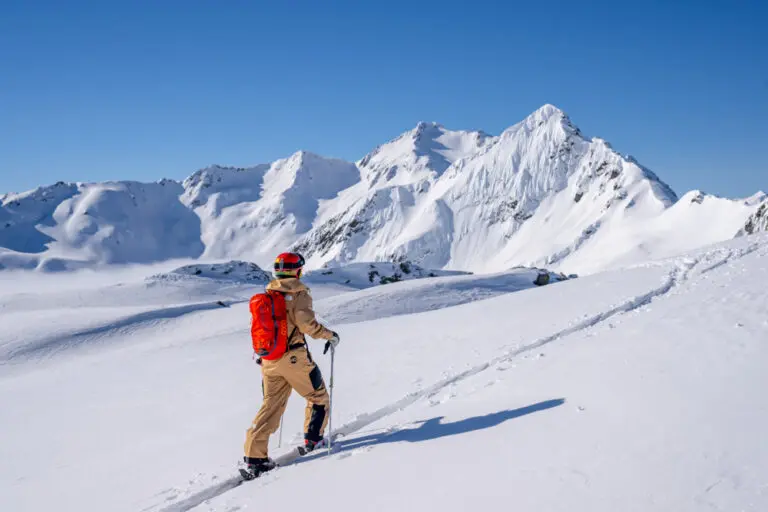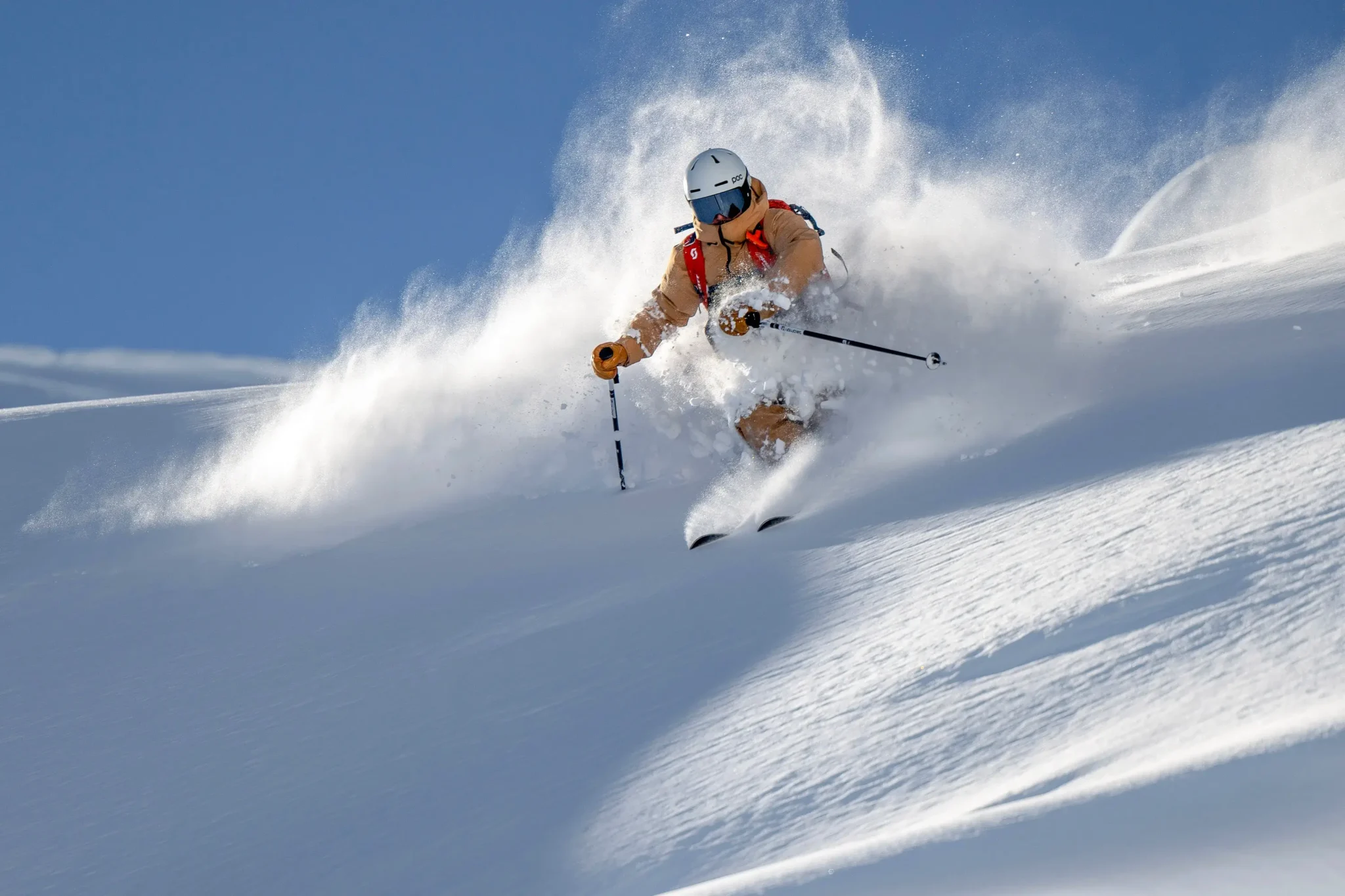5 Ski Exercises to Start Your Ski Season
Snow is falling, and ski season is right around the corner. If you’re like me, your first few days on the hill are always a little tentative. My skis feel too long, the boots are too stiff, and nothing seems to move quite the way they did at the end of last year. Here are 5 ski exercises to start your ski season! Can I really ski as well as I was at the end of the season?
The answer is yes. Practice and ski training are essential to becoming a better skier like any other sport. Soccer players run drills, and hockey players practice taking shots on the net; why would a skier be any different?
At the beginning of every winter season, I like to take a couple of days to get my ski legs back under me. Whether you’re a novice skier wanting to get a head start on ski lessons or an aspiring instructor, taking the time to feel more comfortable on your skis will have huge benefits. Even a few hours spent focusing on these ski exercises will help improve your ski technique and prepare you for the ski resort.
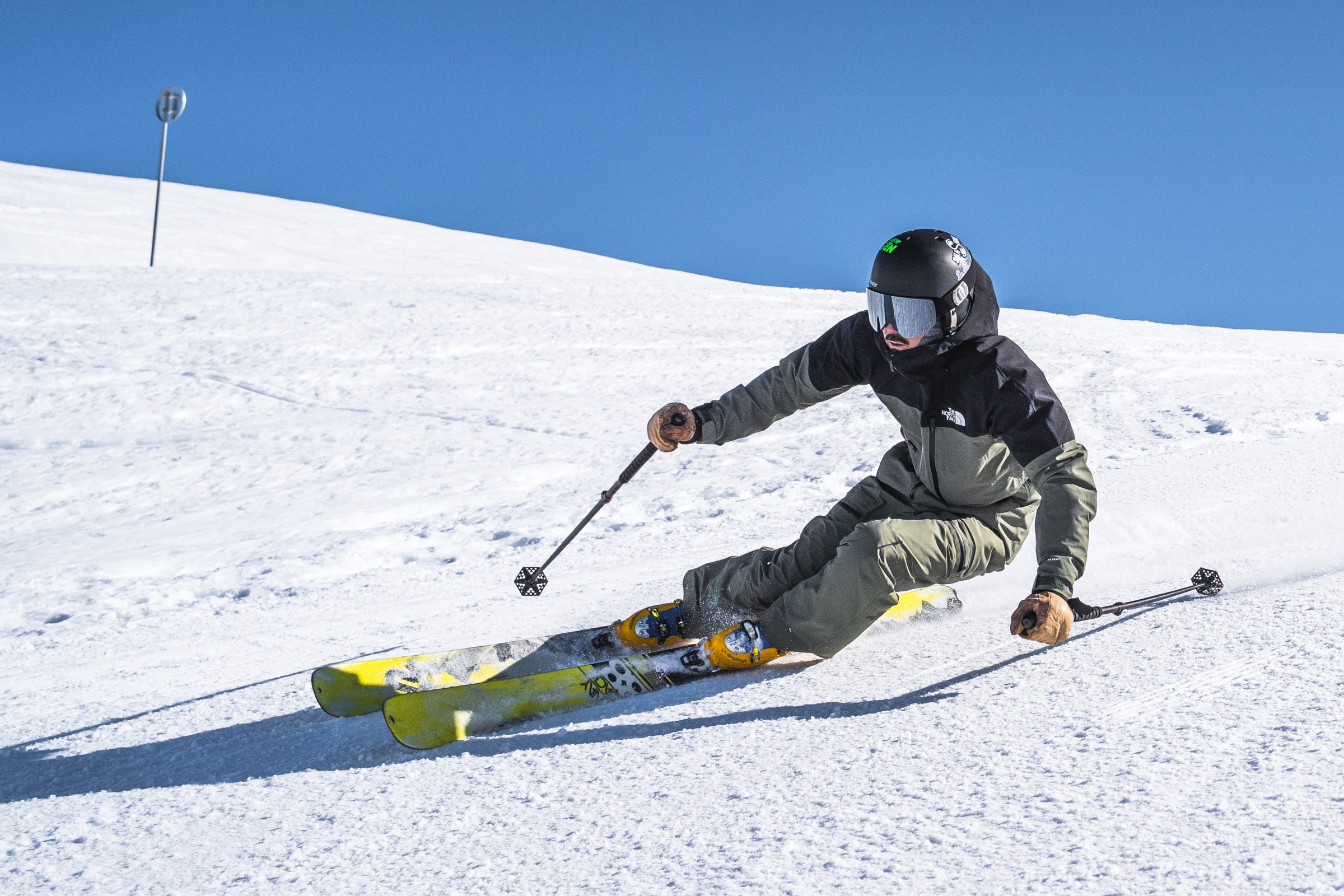
1) 1,000 Steps – Find Your Balance
Skiing is about balance; positioning your center of mass to efficiently manage the forces acting through on skis. Your skis grip the snow causing them to turn as gravity pulls you down the hill. The better you can balance against those forces, the more comfort and control you have. The good news is that you can train your body to better recognize the forces acting on it and balance against them.
One of my favorite balance drills is 1,000-step turns. This simple ski exercise can be used at any level of skiing, from snow plow up to dynamic parallel, and is a great way to work on fore/aft balance and balancing from your left foot to your right foot.
Ski Exercise Description
The exercise is relatively simple. With your feet shoulder-width apart, ski down the hill stepping from your left leg to your right leg. As you switch legs, try to perform your turns as you would normally. The exercise continuously challenges your balance, forcing you to find a centered body position.
Focus on feeling where you feel pressure on the bottom of your foot. You want to feel the weight in the center of the arch at all times. If the tips of your skis are coming up while stepping, you are too far back. If only the tails of the skis lift, you are too far forward. The goal is to feel evenly balanced.
Key Points
- Bi-Pedal Balance – Feel the transition from one leg to the other leg, and get used to using your inside ski while turning; you can think about stepping into your turns to make this easier.
Every morning my first run of the day is always about re-centering and finding my balance. I don’t always perform this exercise, but I usually spend some time shifting my balance fore/aft and laterally, trying to see where I am centered. This is a great exercise to start off your season.
2) Power Plow Turns – Turning the Leg to Turn the Ski
A ski turn happens where your leg rotates internally and externally in your hip joint. Stand on one leg and rotate your lifted leg left and right (Not your toes, your whole leg directly from the hip joint). This movement is what causes your skis to turn. Your knees and ankle add some rotational mobility, but the key is rotating your leg in the hip joint.
Now repeat the same exercise as above, but this time bend at the waist a little. You should notice that you can rotate your leg left and right further than with your leg straight.
This is important. Hinging at the hip increases internal and external leg rotation. We can re-create this feeling on the hill using an exercise called a power plow.
Exercise Description
I find this exercise works best on an easy green slope. It can be done on steeper terrain, but unless you have the basics down, often you will cheat the exercise by bracing against the ski instead of turning and absorbing.
On a green run, get into a snow plow. Make sure you have hinged at the hip like in a squat position. You should feel almost like you are in a squat position. Begin to turn left and right by internally rotating your legs. Keep your upper body pointing down the hill while allowing the skis to turn underneath your body.
You will find a limit to how far your skis can turn before your upper body starts to follow. To increase how far your legs can turn across the hill, hinge at the waist and use your oblique muscles to pull your nose over the big toe of your outside ski.
Key Points
- Upper lower separation – Use a pair of poles around your waist to show you which direction.
- Bend/absorb at the hip – The goal is angulation of the outside ski allowing you to maintain maximum edge angle while the leg continues to turn across the hill.
- If your hip does not continue to absorb/hinge, your upper body will begin to rotate across the hill with your skis.
Find your mobility limit, and see how far you can separate your upper and lower body. You should feel your legs and skis rotating underneath you while your upper body stays still.
3) Pivot Side Slips – Balance, Edging, and Rotation
When you turn your skis, you want to rotate them directly underneath your hips. It is common for people to turn by pushing out the tail of the ski with their hip. This causes the ski to slide sideways, and you miss most of the top half of the turn. If, however, you progressively steer the skis throughout the turn, the edges engage from beginning to end, resulting in more performance and control.
Pivot slips are a great way to train your body to turn your skis under your hips. To make this ski exercise challenging, perform it in a narrow corridor with little forward movement. Imagine that you must stay within a corridor no wider than the length of your skis.
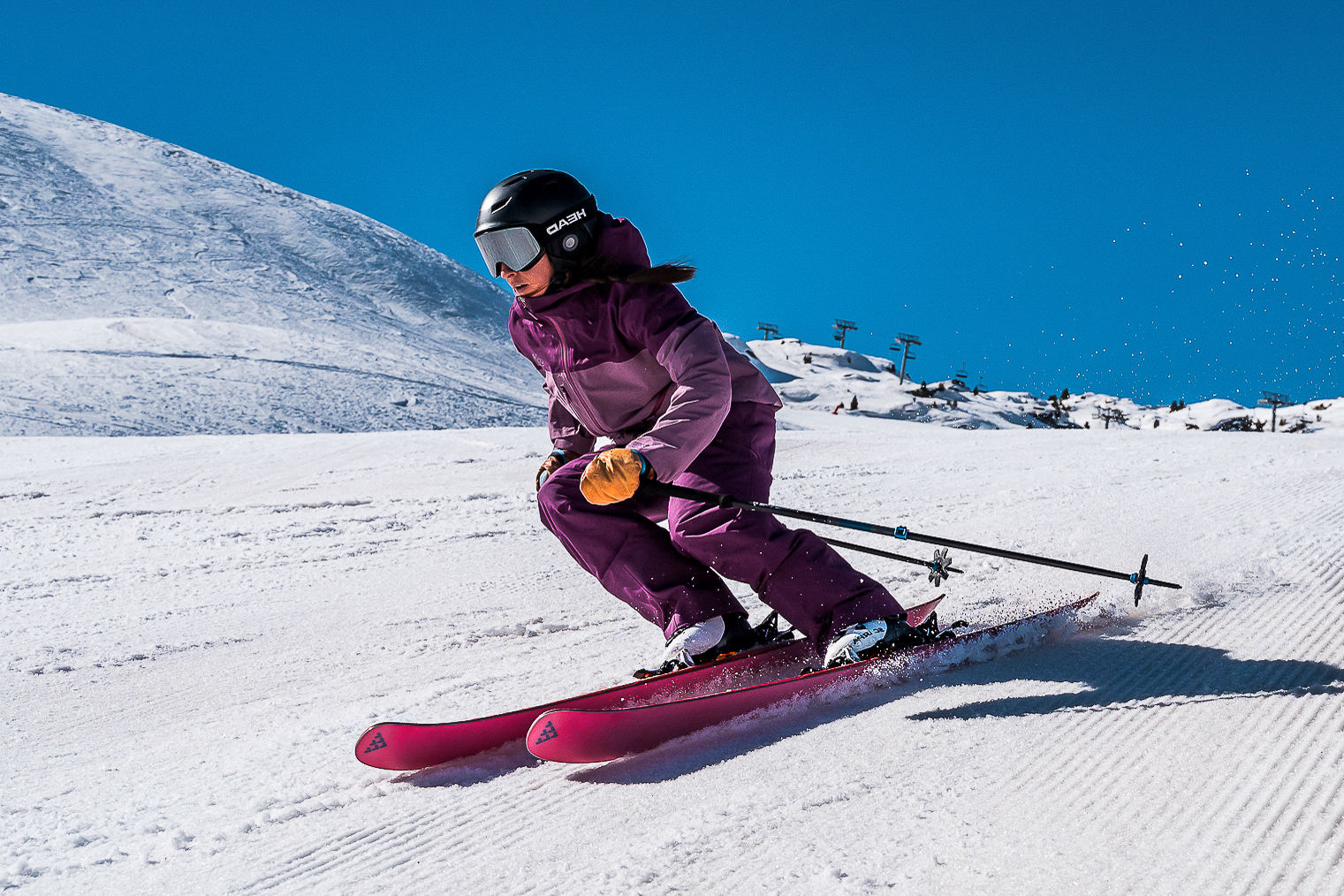
Ski Exercise Description
Begin in an athletic stance, pointing both skis across the hill with your feet shoulder-width apart. Slowly flatten the skis, as the edges release, you will start to slip sideways down the hill. Once sliding, gradually initiate a turn by shifting your weight from the downhill ski to the uphill ski. (Be patient) As you move your weight, your body will unwind, and gravity will pull your skis down the hill. Increase the pressure on the downhill ski, finishing the pivot with your skis pointing in the opposite direction.
Your goal is to slowly flatten your skis and transfer your weight from the downhill ski to the uphill ski. Your skis should come off edge as your body weight is distributed 50/50 on each ski. Once on a flat ski, pivot both feet directly under your body, adding more weight to the downhill ski.
Key Points
- The narrower the corridor, the harder this ski exercise is
- The turn initiation starts with your weight shift up the hill as you decrease the edge angle
- Be patient at the start of the pivot; let gravity help your skis turn
- Maintain momentum down the hill, but not across it.
4) Stork Turns – Roll Your Ankle to Start the Turn
Stork turns can be used in many ways, but I like to use them to teach the start of the turn. It’s a great way to force early weight transfer to the new outside ski while focusing on rolling onto the new edge at the beginning of a turn.
Exercise Description
A stork turn is performed by lifting the back of the inside ski off the snow during a turn. When you transition from one turn to the next, you place the raised ski on the snow and lift the other ski. Alternating between one leg and the other all the way down the hill.
With your skis parallel, travel across the hill and lift the back of the downhill ski. As you initiate the turn, focus on the feeling of rolling your ankle. Feel the ski on the outside edge, then flat, and then onto the inside edge. You will feel like your knee is moving across your ski from the uphill side to the downhill side. As you do this, the ski will start to turn down the hill. The first time you do this, take your time. You may have trouble maintaining your balance. Use the tip of your other ski to help you maintain balance.
Key Points
- Our focus is on isolating the turn initiation movement to a single ankle.
- The ankle needs to be mobile both horizontally and fore/aft.
- The inside ski is there for balance.
- To make this easier, roll the ankle of the lifted ski simultaneously.
- Keeping your core engaged will make it easier to balance
5) Hockey Stops – Putting it All Together
A good hockey stop requires a strong turning movement from the legs. When done correctly, you will feel your body centered over the downhill ski while it grips the snow. The exercise is similar to pivot side slips but requires you to edge more aggressively at the end of the movement. When done well, you will come to a stop without sliding forward or backward (a sign that you are not centered).
Exercise Description
Use your poles to brace your self point your skis down the hill. Start in a low, semi-squat position. Skiing downhill, gaining a moderate amount of speed. Slowly rise up and begin to rotate your legs to turn your skis. As your skis point across the hill, start to edge while maintaining pressure on the outside ski. As your edges grip the snow, maintain your balance over the outside ski by keeping your core engaged (don’t lean up the hill, face towards the bottom of the mountain), and absorb the pressure with your hips bent.
FAQ
What’s the best ski exercise for skiing?
There is no one “best” exercise for skiing. Skiing is a very dynamic sport that requires a high level of coordination and balance. It takes time and effort to learn how to ski well. Even the best skiers train every day. If you practice these five drills daily, your skiing will improve immensely over the season. It only takes a run or two a day.
How do I get in shape for skiing?
There is no one-size-fits-all to get in shape for skiing. It depends on your current fitness level and the type of skiing you plan to do. If you are new to skiing or plan to do mostly downhill skiing, you will need to focus on building leg strength and improving your coordination. I also recommend focusing on mobility and cardiovascular fitness.
What are ski exercises?
Any activity or drill that will help you to improve your skiing technique. Exercises help to improve your skiing balance and coordination.
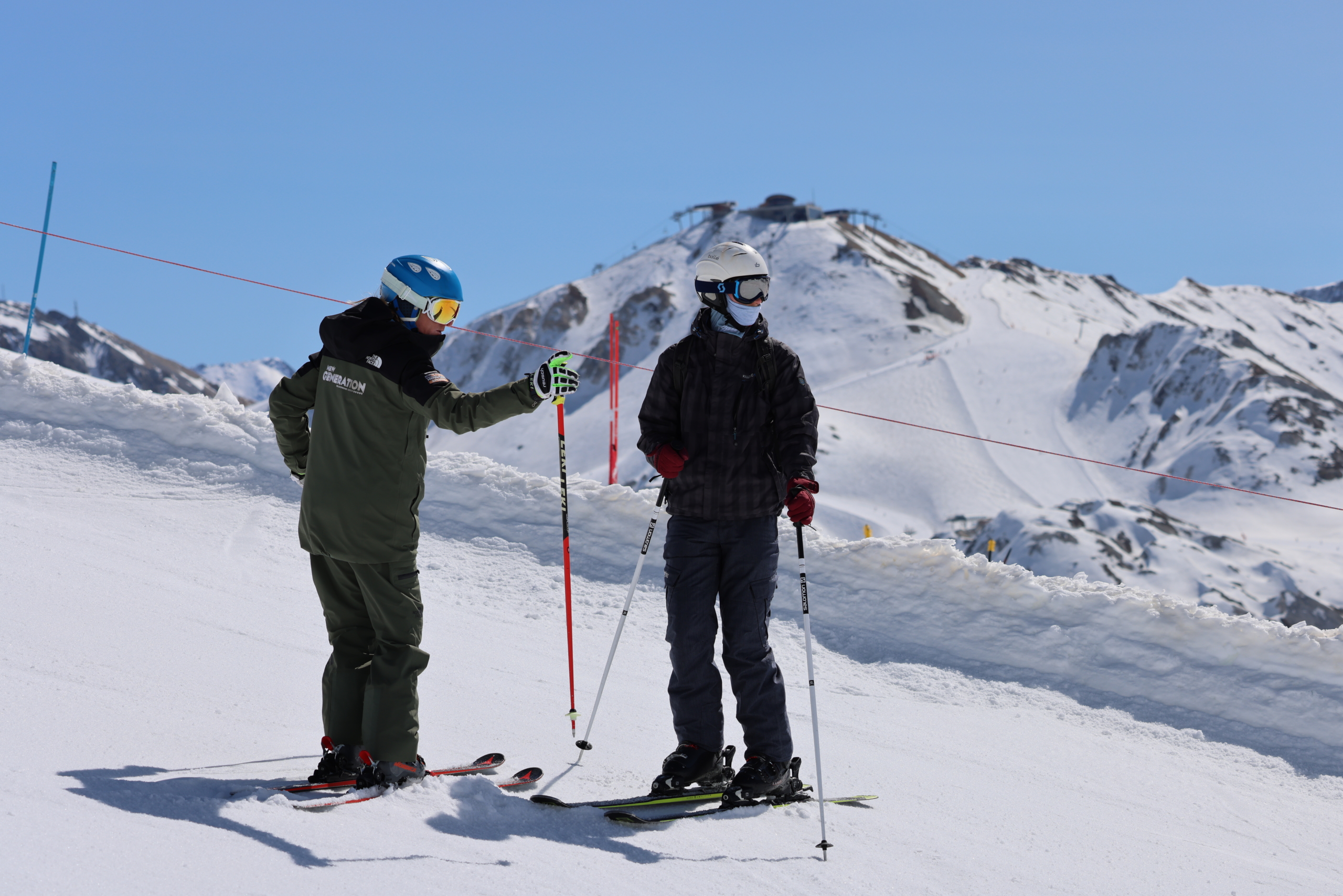
Final Thoughts
Skiing is a physical activity, and like any sport, it pays to spend a little time preparing your body for the demands of the sport. Skiing requires a high level of coordination and balance. These five ski exercises will help you to build the specific muscles needed for skiing and improve your overall balance and coordination.
See You on The Slopes!
